A large selection of varieties of home flowers allows you to choose the perfect plant for the amount of lighting that is available. It should be remembered that green-leaf varieties are more shade-tolerant, and variegated varieties need diffused light. Aglaonema is gaining popularity among beginner flower growers, since caring for this tropical flower at home is not difficult.
A native of rainforests can get used to the lack of lighting, but dry air or soil will negatively affect the plant. The leaves will begin to warp and dry. The flower grows well in hydroponics and in hydrogel, which allows you to use it for room design. Often landscapes office premises, because it grows slowly and does not require frequent transplants.
Content
Description of aglaonema, poisonous plant or not
Aglaonema is an evergreen perennial bush of the Aroid family. It got its origin in Southeast Asia. There are more than 50 species and they grow in tropical forests in partial shade. They have short straight stems with long (up to 30 cm) leaves of various shapes and colors, depending on the species. The flower grows slowly, grows up to a meter in height.
It blooms in summer, throwing a flower in the form of an inflorescence-cob, covered with a veil of white or green shades. Blooming, it forms a fruit - a bright orange oblong-shaped berry. Inside there is one seed, for which the grower is waiting for the ripening of the berry. If collecting seeds is not the goal, then usually the berry is immediately harvested, since it contains a large amount of toxic substances.
Choosing a plant in the house where children or pets are located, it is worthwhile to find out in advance whether the crop is poisonous or not. Aglaonema juice contains the dangerous amino acid asparagine, which causes inflammation if it enters the mucous membrane. Also in the composition is calcium oxalate, which can cause irritation of the oral cavity and even asphyxiation. All work with the plant, especially transplanting, collecting seeds and other contact procedures, should be carried out with gloves to avoid unpleasant consequences.
Types of aglaonemes with a description
As can be seen in the photo, all species differ in flower size and color, the shape of the leaf plate. Varieties of indoor representatives are divided into three groups: undersized, medium, tall. Separately, a variety of Red aglaonema is isolated.
Varieties of the undersized group reach a size of no more than 25 cm, creeping stems, drooping. The most famous are the following types of aglaonemes:
- Ribbed. The smallest plant in size. The trunk is branching, the leaves are heart-shaped. Blooms in winter, flowering lasts several days. Does not bear fruit in an apartment. It has several varieties that differ in the color of the leaf plate: concolor (green color), costatum (white-green spotted with a white vein), virescens (white with a green vein), immaculatum (white color on one side only).
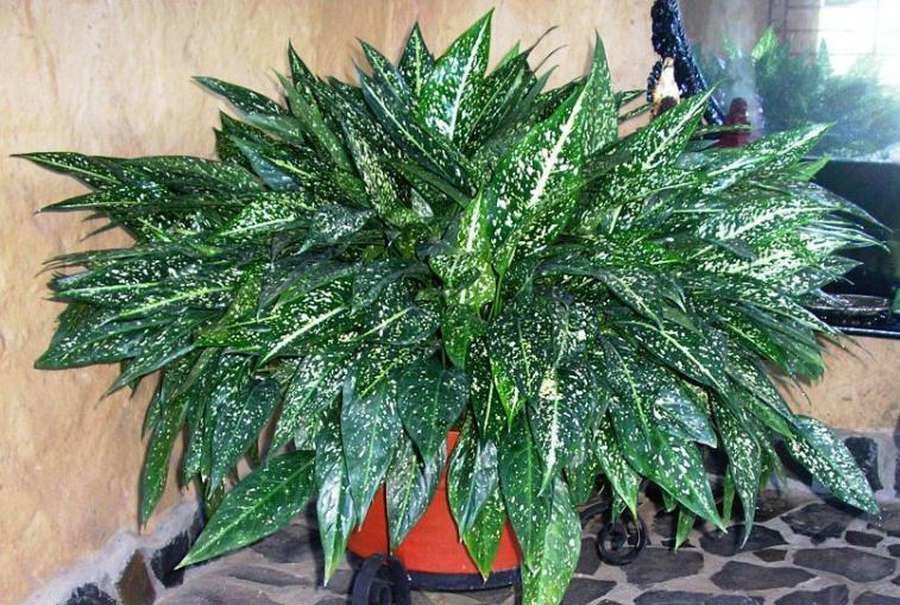
Ribbed - Short-cover. It has an underground stem that releases oval-shaped leaves with pointed tips. Usually they plant several at once in one pot to get a more magnificent appearance of the bush.
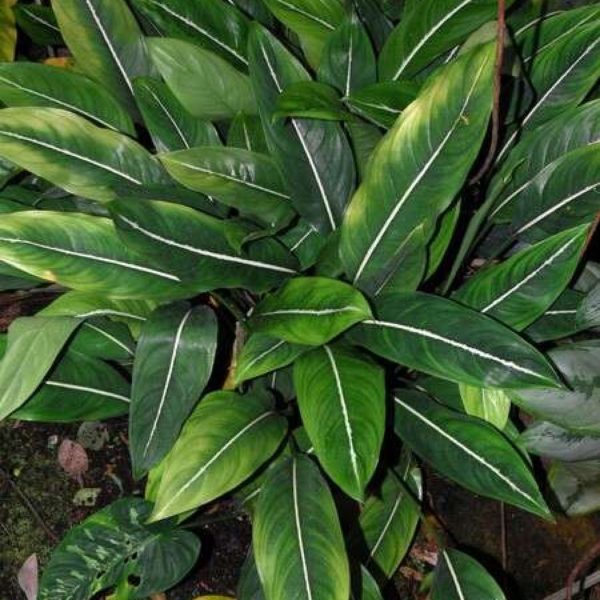
Short cover - Rounded.The most beautiful view, with an underground stem, green-black leaves with pink veins.
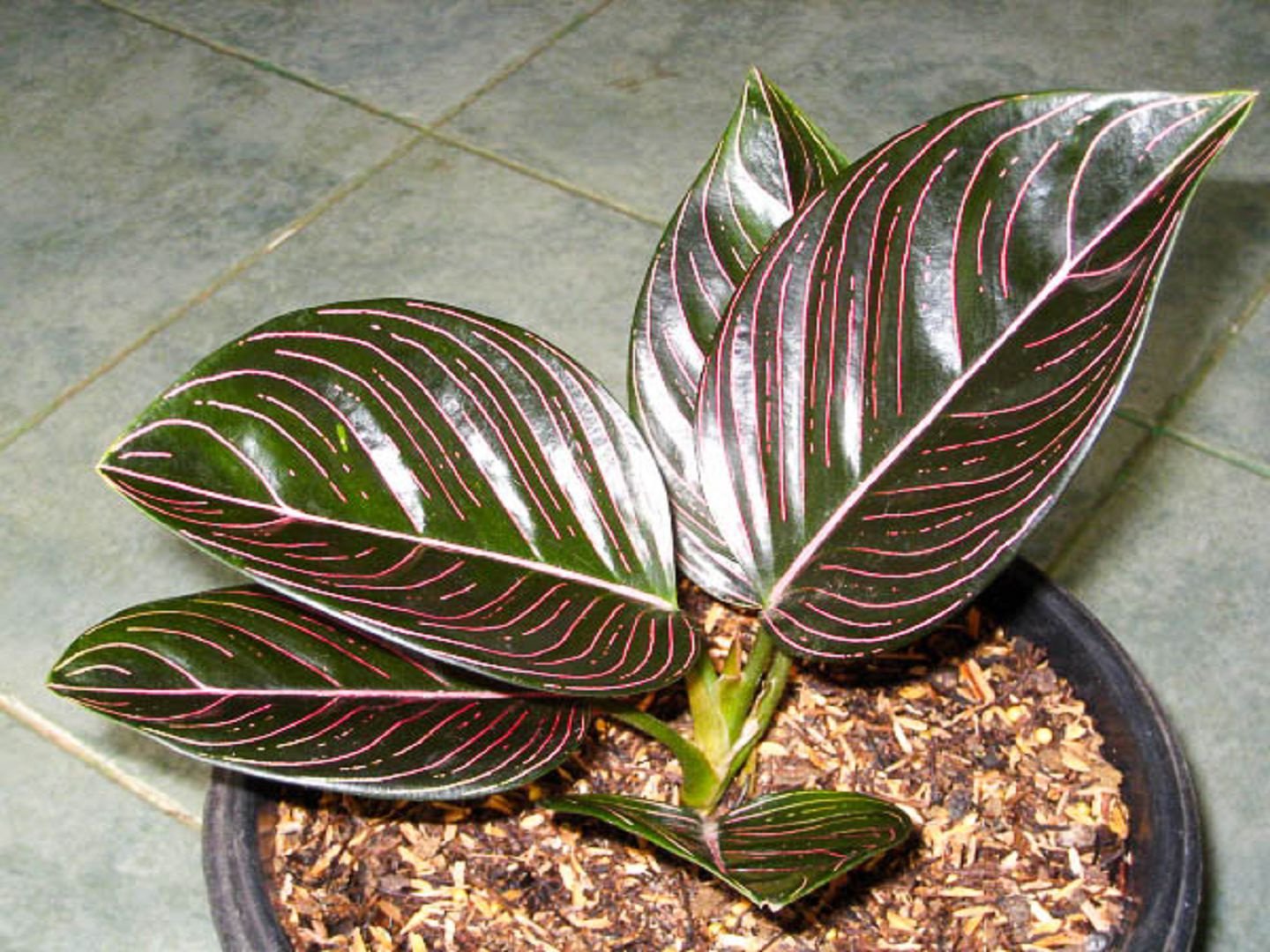
Rounded - Catless. Narrow long leaves of green-silver color. Very demanding in care, thermophilic and photophilous plant.
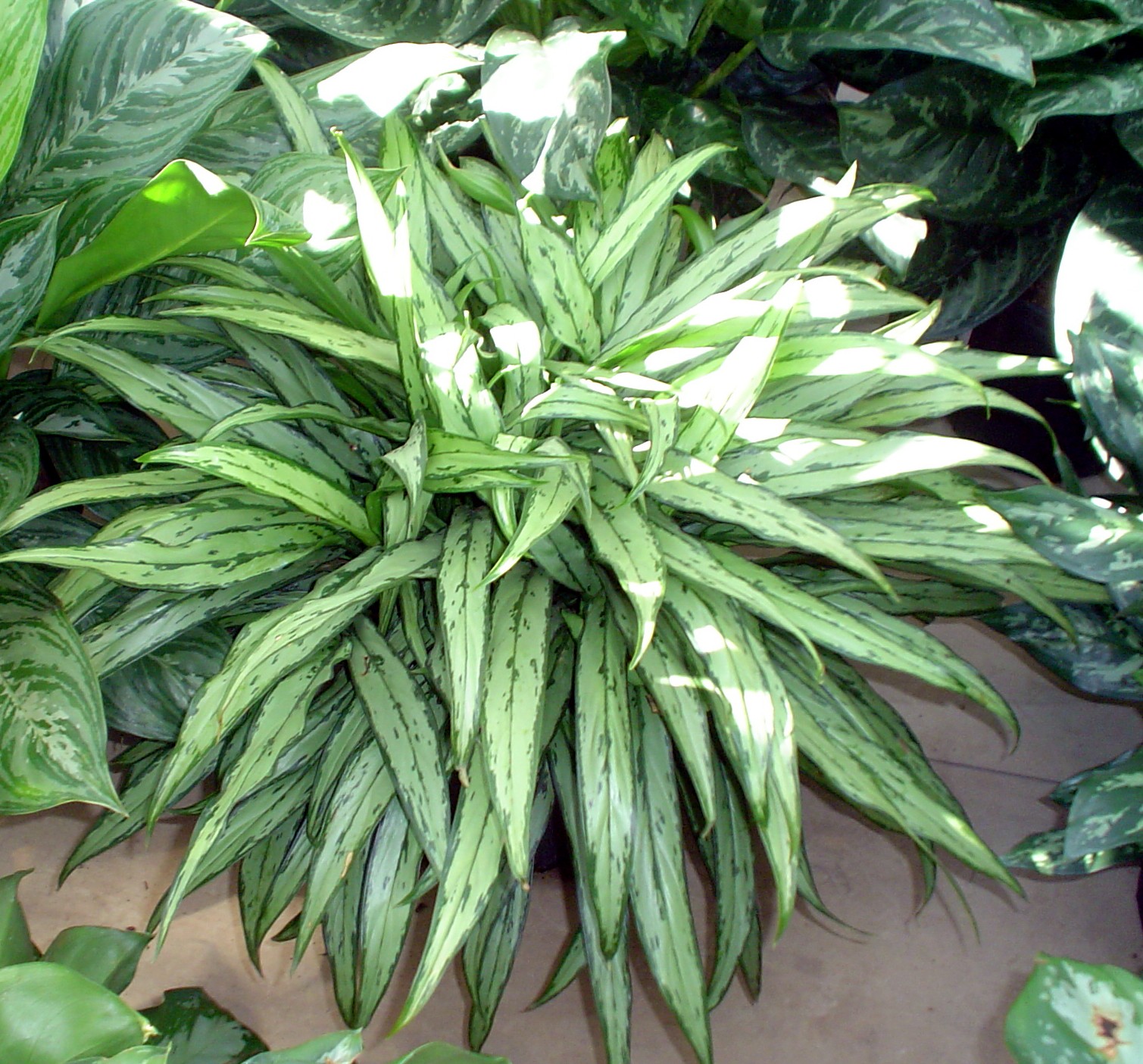
Catless
Representatives of medium-sized grow up to 50 cm. Leaves reach a length of 30 cm and a width of 10 cm. By the number of varieties is the most diverse group:
- Maria Christina. The most shade-tolerant species, it is able to develop perfectly under artificial lighting. Leaves have a bright green color.
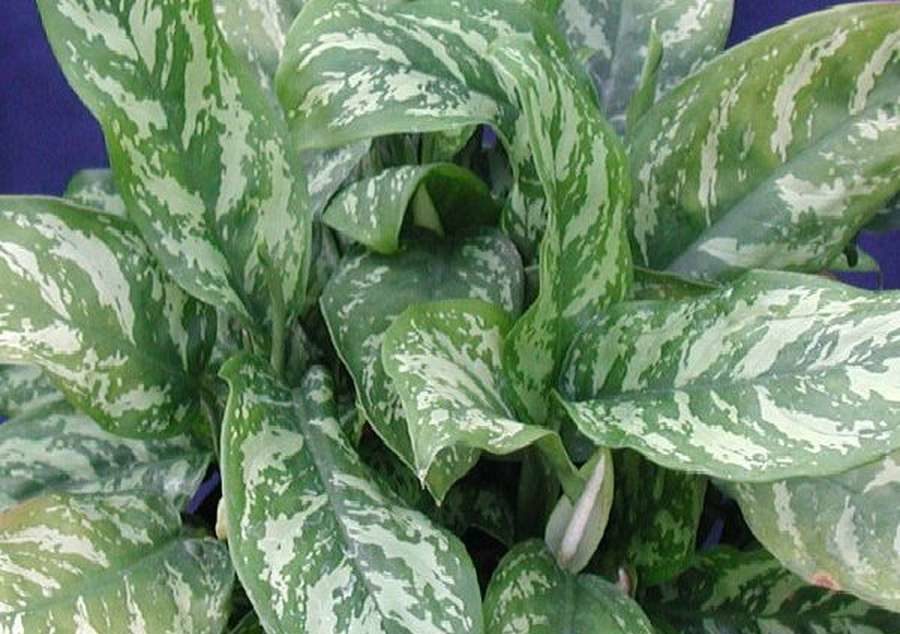
Maria Christina - Silver Queen. The leaves are silver-blue, require good lighting. In height, it can grow up to approximately 40 cm.
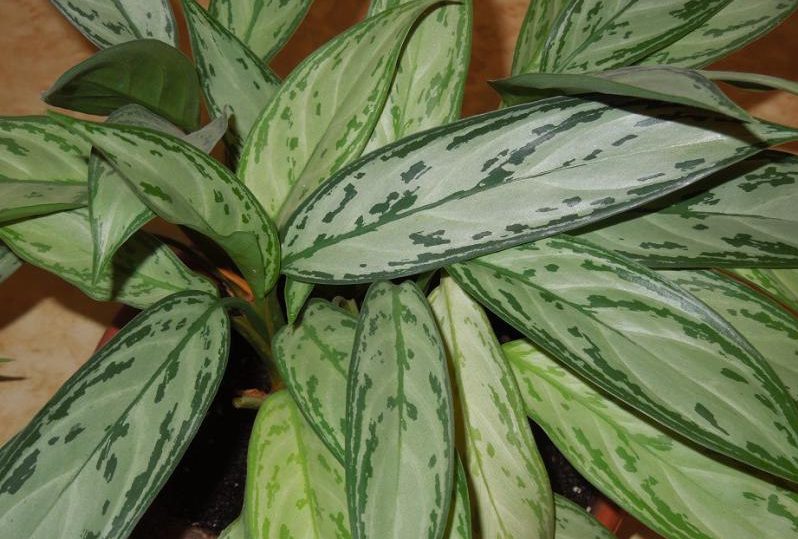
Silver Queen - Modest. The leaves are elongated, peaked, up to 20 cm.
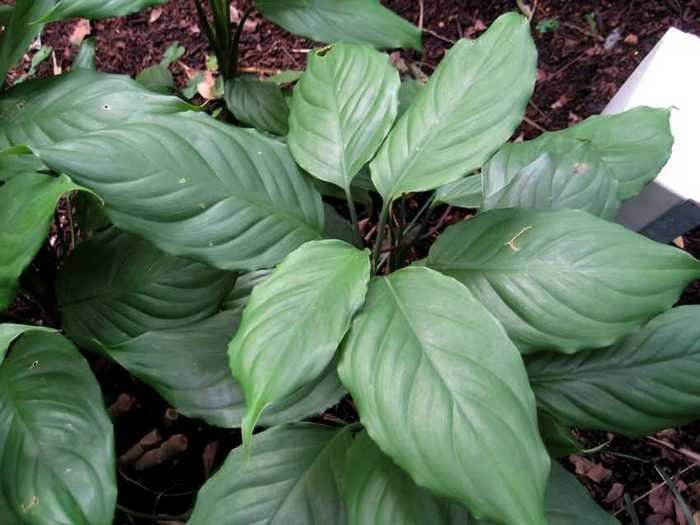
Modest
Tall are characterized by increased shade tolerance and growth of more than 50 cm, in particular:
- Silver Bay. The shape of the leaf plate is pointed, green, with white spots. Frost-resistant and shade-tolerant variety.
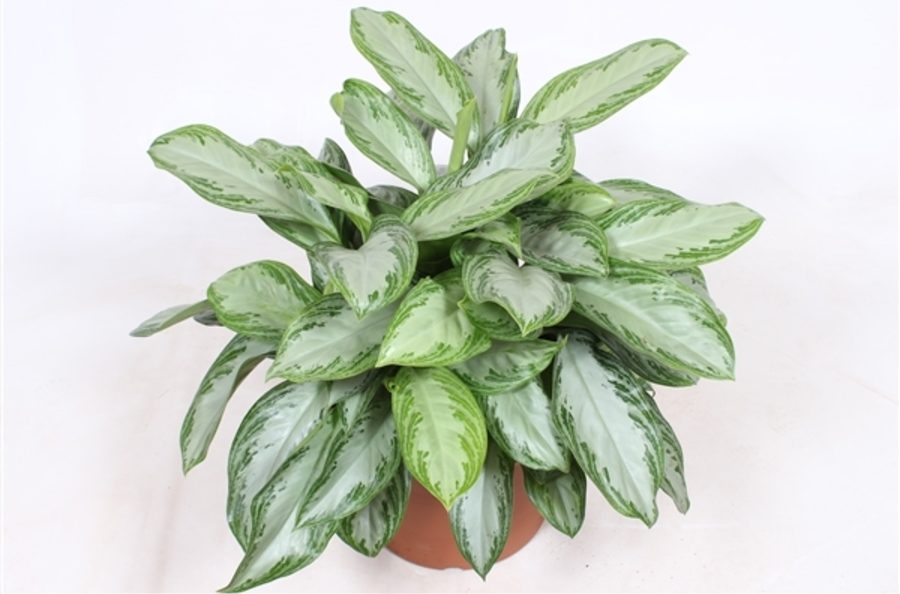
Silver bay - Stripe Striped leaves, can grow in poorly lit rooms.

Strips - Friedman It grows to 1.5 m. Green leaves with green-silver blotches are very decorative.
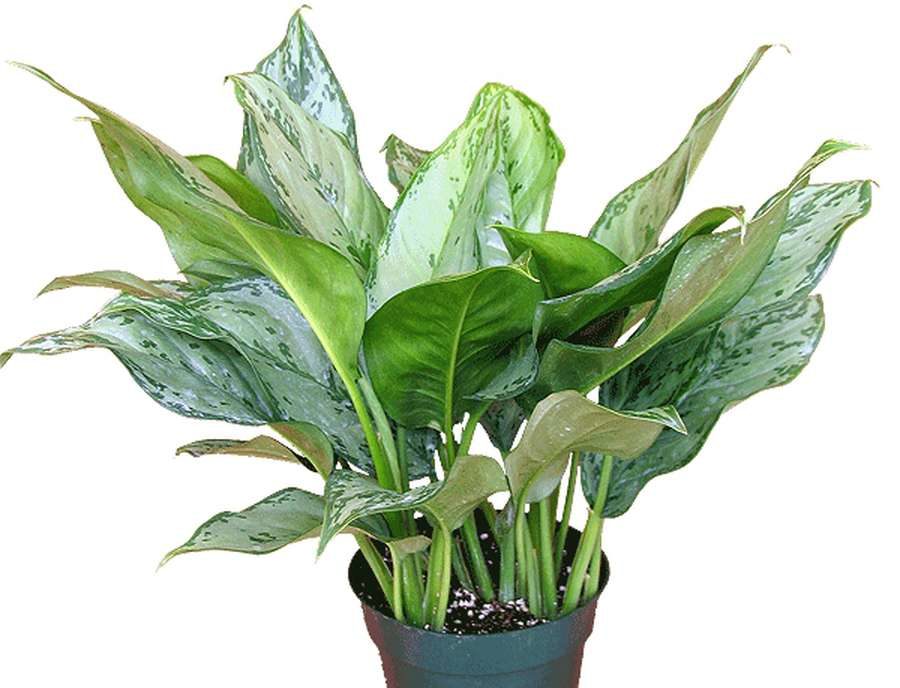
Friedman
A separate group are varieties of the Red variety. This species was bred by selection relatively recently. A characteristic feature is the red color of both the plate and the veins. Poor distribution due to complex adaptation, although care does not require special conditions.
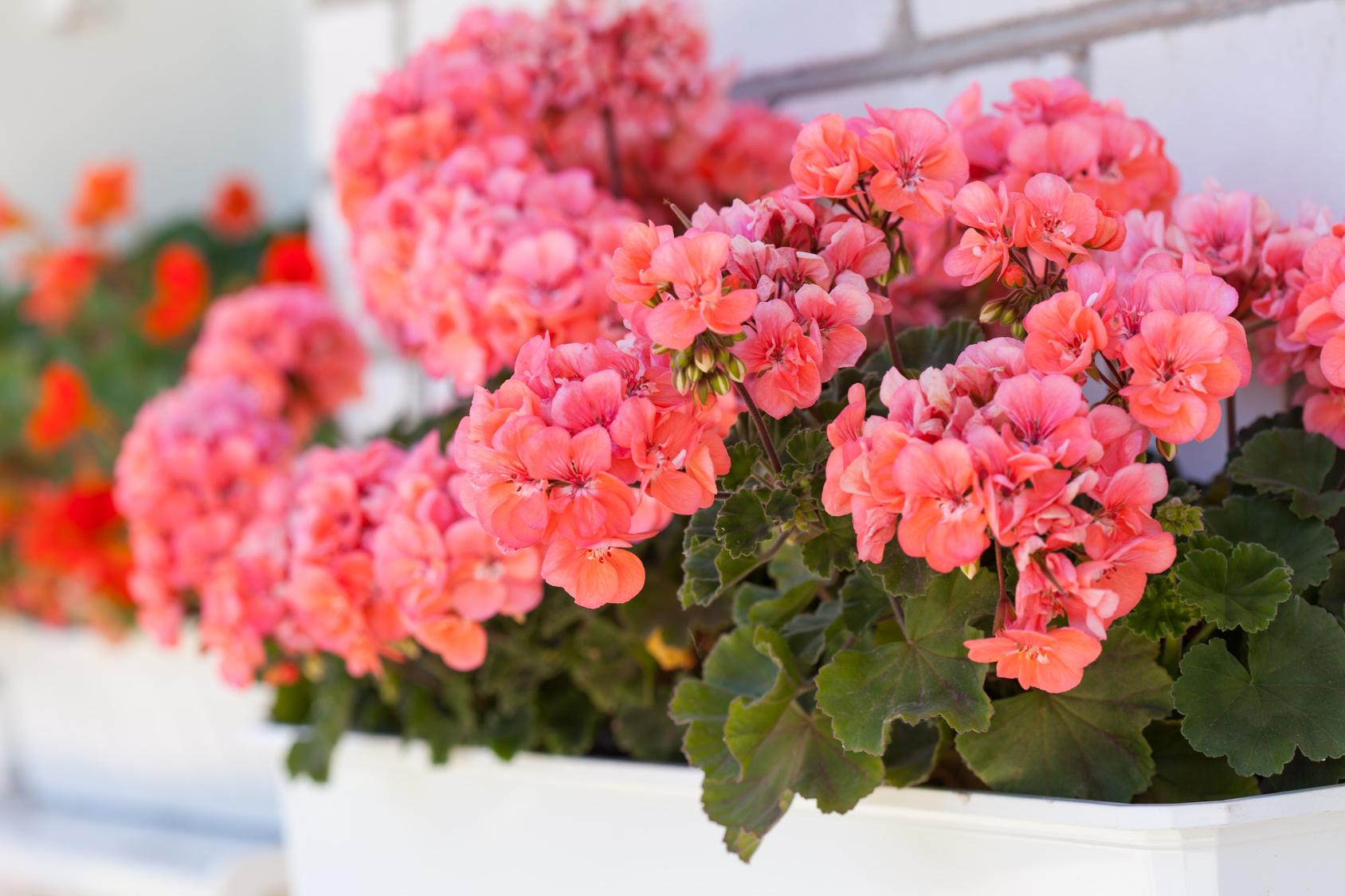 You may be interested in:
You may be interested in:Aglonema care at home (secrets and difficulties)
The plant does not cause much trouble in the care. Adapts to almost any condition. But decorativeness is very dependent on moisture. Its deficiency greatly deforms the leaf and can lead to wilting of the flower. The color brightness is affected by regular fertilizer application, as well as lighting, especially in multi-colored varieties. Observing the simple rules of care, you can get a beautiful, evergreen plant, which, due to its compactness, will decorate the interior of any area.
Lighting
Monochromatic species of aglaonema are shade-tolerant, but those with a pattern on a sheet plate prefer diffused light. If decorative species are kept in partial shade, then the pattern disappears.
The south side is only possible with the use of a film to diffuse light. But the danger of the southern windows is also in elevated air temperature, so it is better to use them in a pinch. In winter, you can not use additional lamps for artificial lighting, as there is enough light for the plant to grow during daylight hours.
Temperature and humidity
In summer, it is desirable that the temperature is not higher than +25 ° C. This is the ideal temperature for comfortable growth. In the summer it is difficult to maintain this value, therefore, air conditioners are used to cool a hot room.

In winter, it is important to maintain the temperature not lower than +16 ° C, keep away from heating devices and make sure that the leaves do not touch the cold window.
Humidity for a tropical flower is an important parameter, so do not forget about regular irrigation. An increase in the humidity level is facilitated by the installation of a pallet on wet peat, wiping the leaves with a wet sponge and installing an air humidifier under the square of the room.
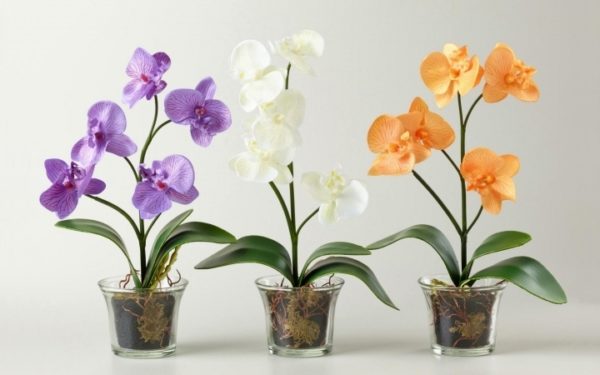 You may be interested in:
You may be interested in:Watering and feeding
The water-loving aglaonema needs regular watering. It is important not to allow a dry earthen coma, but also not to fill the flower. You can check whether it is time to water by immersing a wooden skewer 5 cm into the ground. If the earth is dry, then you can water it. So that the roots do not rot, you need to check the pan for water - stagnation is dangerous.
It is important to take soft, room temperature water to moisturize. In winter, watering is very reduced. Water can be slightly warmed up so as not to overcool the flower. Fertilize the earth 1-2 times a month. Nitrogen-containing preparations are preferred. Avoid the lime. You need to choose the right tool among fertilizers for decorative and deciduous plants.
How to bloom and care during the flowering period
Under natural conditions, aglaonema blooms in the summer. In the apartment, flowering occurs from November to February and depends on the quality of care. Under favorable conditions, produces small buds that are rather inconspicuous, so they do not provide decorative value.
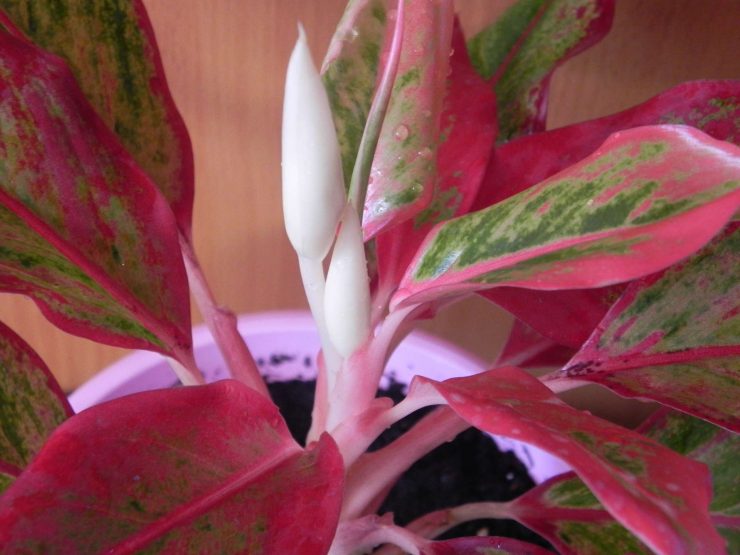
On young flowers, they are immediately cut off so as not to take away strength from an actively growing plant. In adults, they can be preserved for the sake of the fruit in order to obtain seeds. To do this, you need to wait until the process of self-pollination passes and the berries are tied. To speed up the ejection of flowers, bone meal is added to top dressing.
How to make the plant more bushy
In order to make aglaonema more bushy, you need to work with the root system and the tip:
- When transplanting from the roots, you need to cut off all damaged and dried places with a sharp clean secateurs.
- To give an impetus to growth, cut a few centimeters of leaves from the top, but so as not to damage the integrity of the flower. The cut is carried out in the spring, so the cuttings can be left for subsequent propagation.
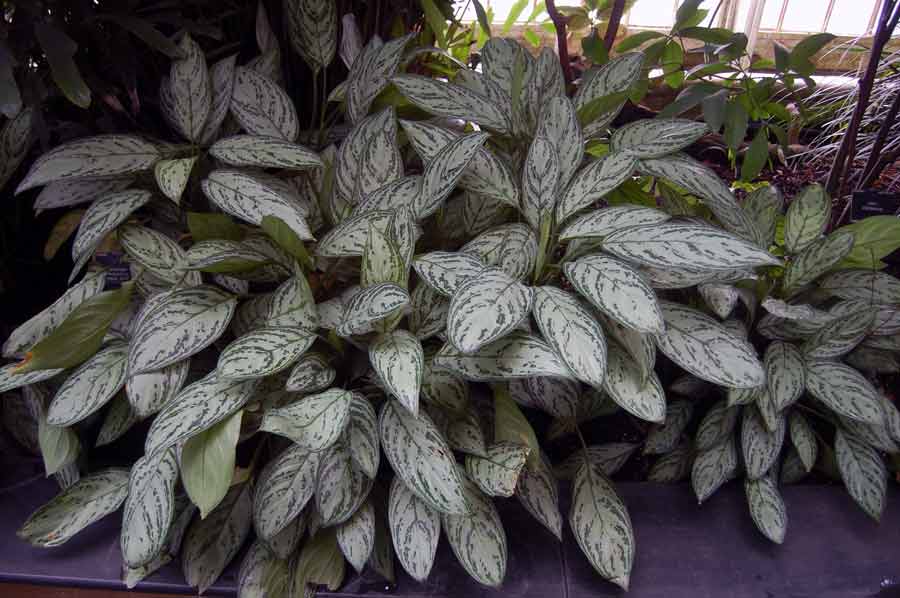
It is important to remember that all sections are treated with an antiseptic. To enable the flower itself to dry the cut, it is worth refraining from watering in the first day after pruning. In the following days, activated carbon is dissolved in water.
Plant diseases and pests
The main pests that can infect aglaonema are:
- Spider mite. The product of the activity of the pest is visible on the inner side of the sheet in the form of a thin spider web. The plant turns yellow and drops leaves. Gradually fade. If there are visible signs of this pest, it is necessary to make a soap solution and apply it to the leaves, then rinse them under running warm water. With minor lesions, this will be enough, but if you could not notice immediately, you will have to spray 0.15% Actellik solution.
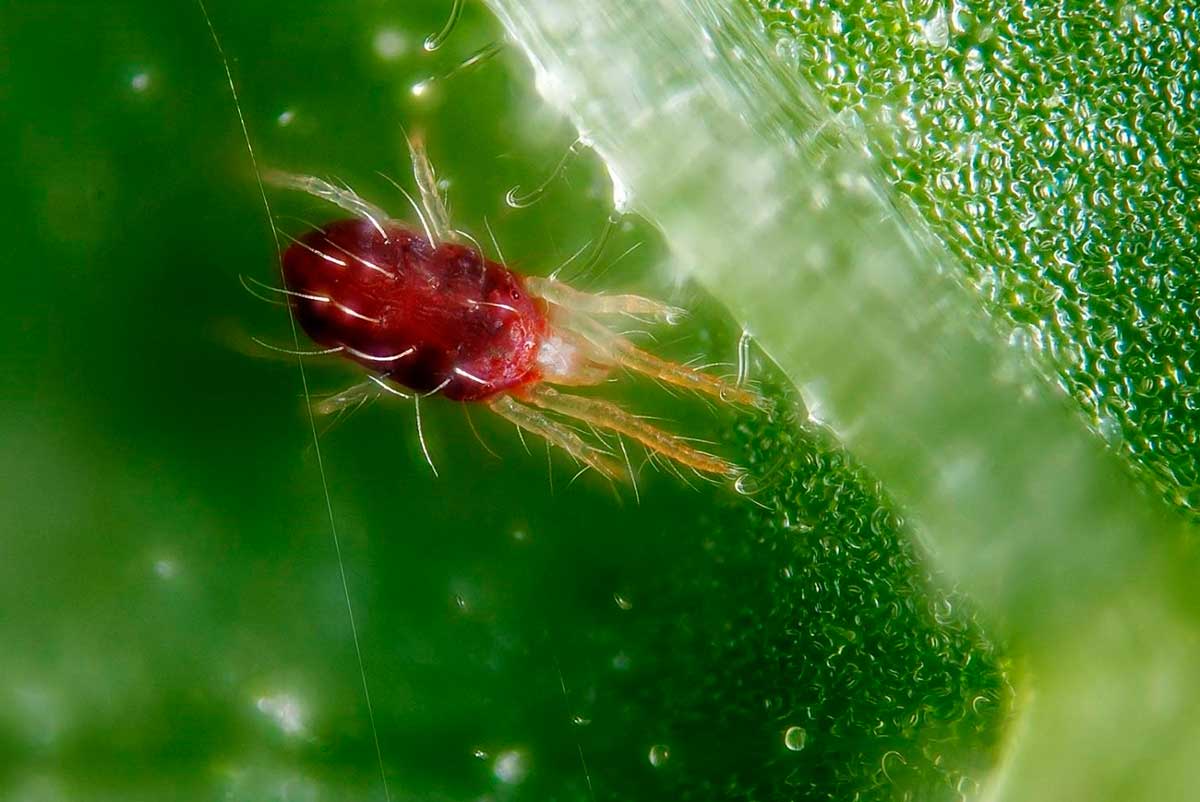
Spider mite - Mealybug. Especially dangerous for young plants. Leaves turn yellow, fall off. Treatment is the same as with a spider mite.
- Aphid. Damages the leaves, they turn yellow, curl. The tops of the shoots lose their color. To combat, they are treated with Fitoverm from one to several times, depending on the area of the lesion.
- Gray rot. The reason for the appearance of gray rot on a sheet plate must be sought in improper care. Most likely, there was a decrease in temperature below the permissible limit and at the same time, increased humidity with poor air permeability of the soil affects it. Eliminating the cause will be the cure.
Transplantation and reproduction of aglaonema at home
Transplantation is not very frequent. Young plants once every 2 years, and adults - at 4 years. The season for this procedure is spring, less often summer. An important condition is compliance with safety rules.All work should be carried out with gloves to avoid getting poison on the skin.
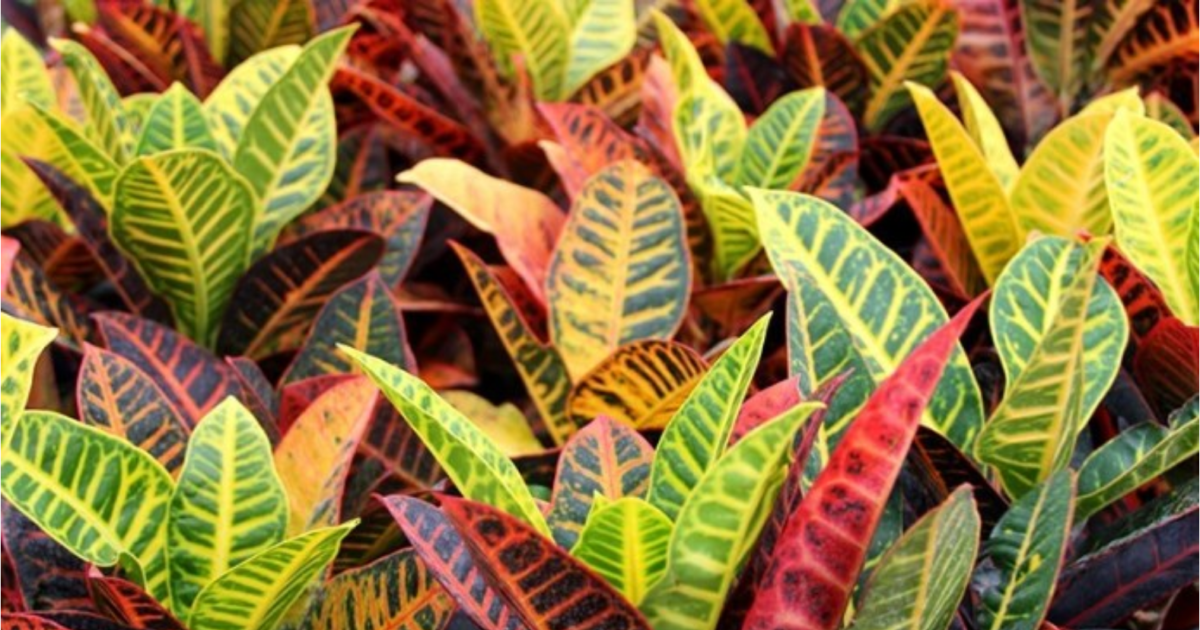 You may be interested in:
You may be interested in:The flower is propagated by dividing the uterine plant, cuttings, root shoots or seeds. The most commonly used method is cuttings and seeds:
- Cuttings are often carried out along with pruning. To do this, cut off the upper part of the stem with two buds. Cut sites must be treated with an antiseptic, and the process can be treated with Kornevin. Prepare a substrate of sand and peat in a ratio of 1: 1, moisten and deepen the stalk by 4-5 cm. For good rooting, you need to create a greenhouse, which is important to regularly ventilate. Keep the flower at room temperature. Root formation will take about a month.
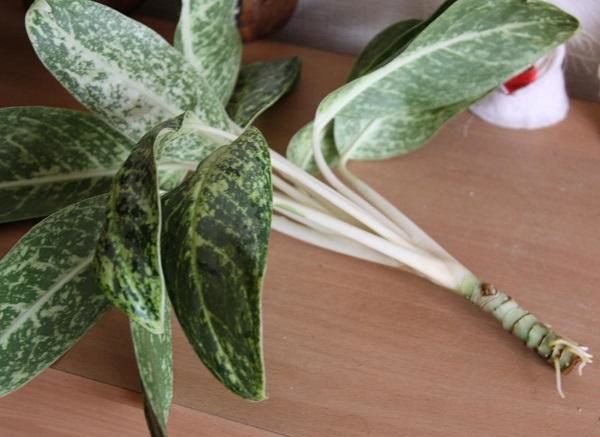
Cuttings - The seed method is not so common due to the rapid loss of germination of planting material. It is better to prepare the seeds yourself and immediately plant them after extracting from the overripe berries. The collected seeds are washed and planted in a sand-peat mixture. Cover with foil and take care of the seedlings in the same way as for the cuttings. When young plants appear in the amount of 2-3 pieces, then they can be transplanted into individual pots.
Signs and beliefs about aglaonem
Many indoor flowers are overgrown with beliefs and signs. Often they do not have any proven justification, but are passed from mouth to mouth and from that faith in the strength of the plant increases. Aglaonema is considered a plant that brings good luck. This ability was endowed with her story about how in a garden near a flower grower on the leaves of this flower he was able to consider figures from dew drops.
 You may be interested in:
You may be interested in:The man wrote down this combination and used it in the lottery. The numbers were winning, and this story gained popularity, as well as the belief that the plant was the reason for the successful outcome of the lottery. Also, this story endowed a room copy with the ability to attract well-being to the house.
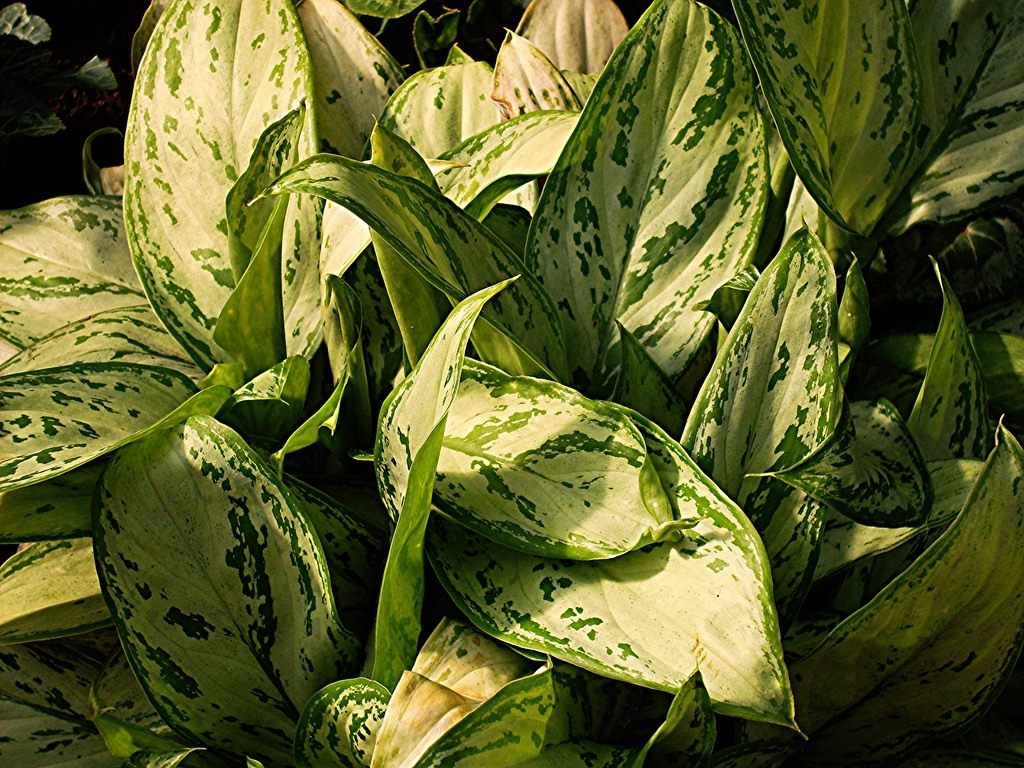
Taoist doctrine of feng shui classifies this species as useful for indoor cultivation. The doctrine relates the flower to the element of the Tree, it is believed that it replenishes the vitality of the owner, if you place it in the eastern side of the house.
It is important to remember that all the positive signs of any indoor crops are associated with a healthy and flowering species. Therefore, in order to bring good luck and prosperity to the house along with the flower, it is worthwhile to familiarize yourself with the rules of care in advance.
Common Growing Questions
Choosing a houseplant, an important factor for many is the ability of the plant to adapt to the conditions of the apartment. These criteria correspond to the evergreen beauty aglaonema. Unpretentious in leaving and differing in surprising decorativeness, she earned recognition among flower growers.
However, before acquiring this indoor culture, one should weigh the pros and cons, especially if there are children or animals in the house. Juice of the Aroid family is dangerous both when it enters the mucous membrane and the skin.

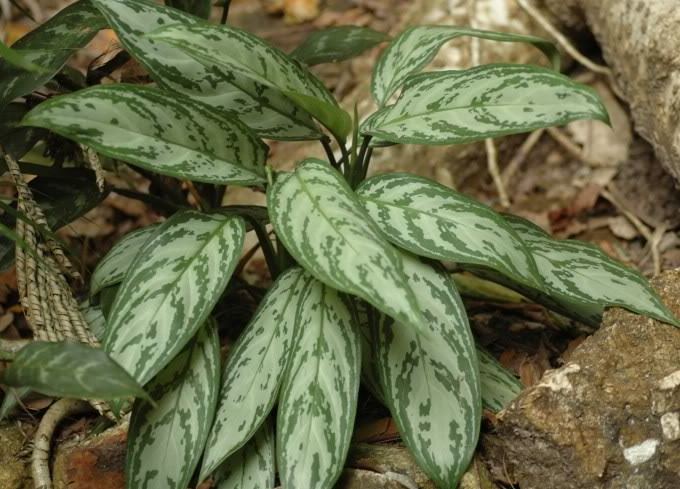
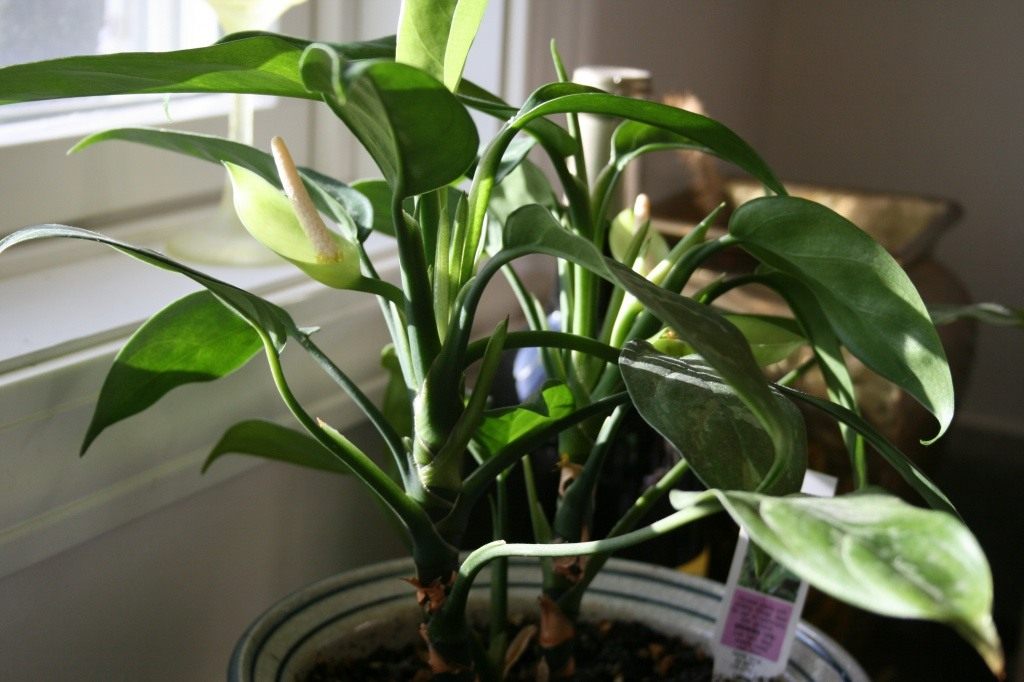
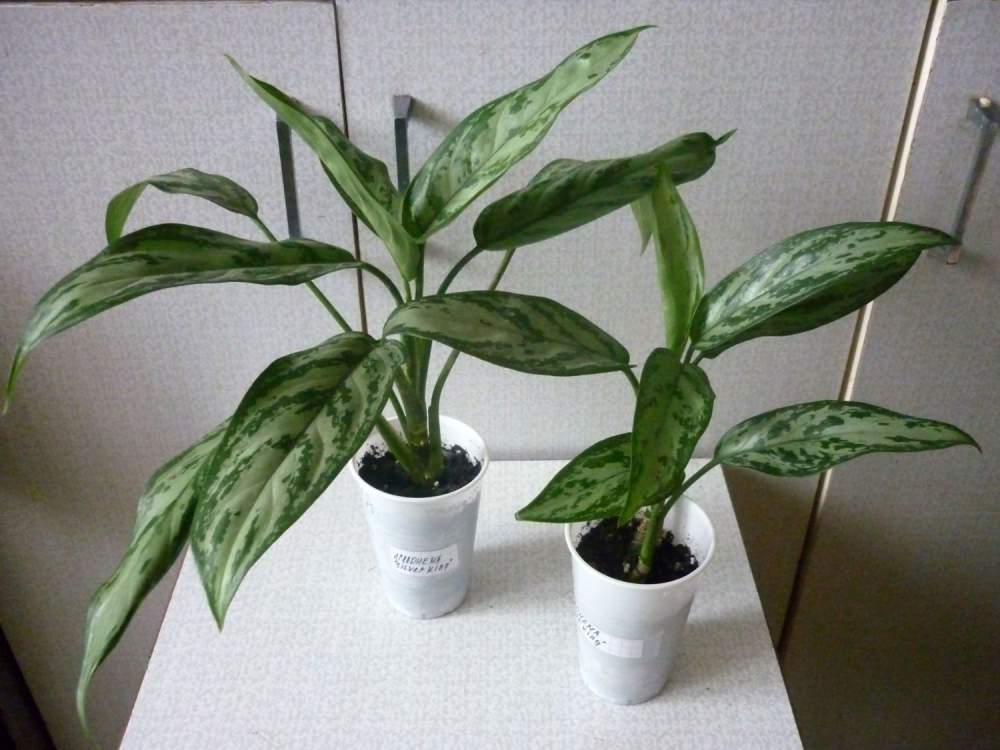



 Sow in the ground, without seedlings: 10 beautiful and unpretentious flowers
Sow in the ground, without seedlings: 10 beautiful and unpretentious flowers Platicodon planting and outdoor care
Platicodon planting and outdoor care Hosta - planting and care in the open ground in the Urals
Hosta - planting and care in the open ground in the Urals Oleander - care and growing at home
Oleander - care and growing at home